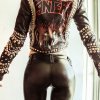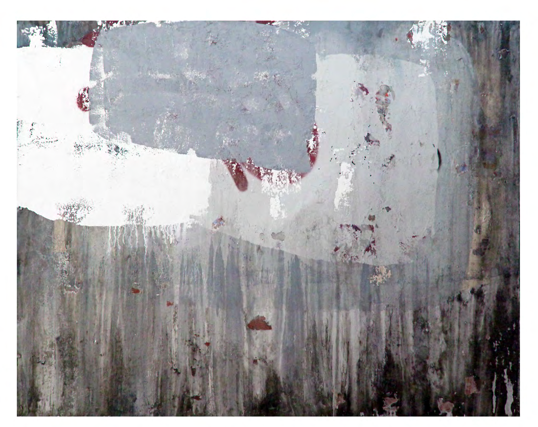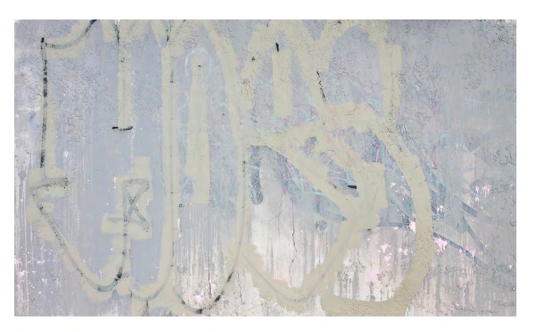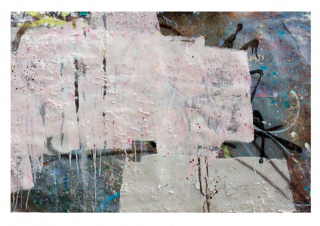 Pantera Culo!
Pantera Culo!
 Good Luck Charm
Good Luck Charm

JEL MARTINEZ: BUFF MASTER

Jel Martinez's paintings are inspired by the methodology of vandalism removal. Martinez observes how metropolitan clean-up crews destroy one art form while creating another. The artist constructs his paintings by combining earlier influences with a figurative style of painting referred to as "buffs". "Buff" creates contemporary patterns that result in a post-modern aesthetic. Through his experience and study of modern day contemporary culture, he applies a new meaning of expressionism to his work. Martinez's paintings are a recreation of multilayered walls that are seen in urban landscape.
His painterly gestures incorporate concrete elements, acrylic, enamel, oil, compound and ink, creating overlapping styles of free-floating patches of color, otherwise known as buffs. He actualizes four stylistic forms of buffs in his paintings: symmetrical - which are recognizable geometric squares and rectangles, ghosting - in which the remover traces the lettering but the general form and shape is emphasized, radical - the remover uses neither geometric nor guide lines to remove the writing often referred to as an outside the lines removal, and blur - when the remover uses paint stripper and a cloth to wipe the writing but leaves a cloudy appearance on the wall. Through his elaborate process of building up and tearing down art, Martinez's paintings boldly invite the viewer to experience the daily conversations the urban environment carries on with its inhabitants.

Jel Martinez
b. 1976, Miami, Florida
Lives and works in Miami, Florida
Meteorite Stack 2012 - Acylic, enamel, oil, ink and plaster on wood.
A While Running 2010 - Plaster, latex, ink, oil and spray enamel on canvas
Urban Conservancy 2012 - Acrlyic, enamel, oil, ink, latex and plaster on Archival paper
 WPD
WPD